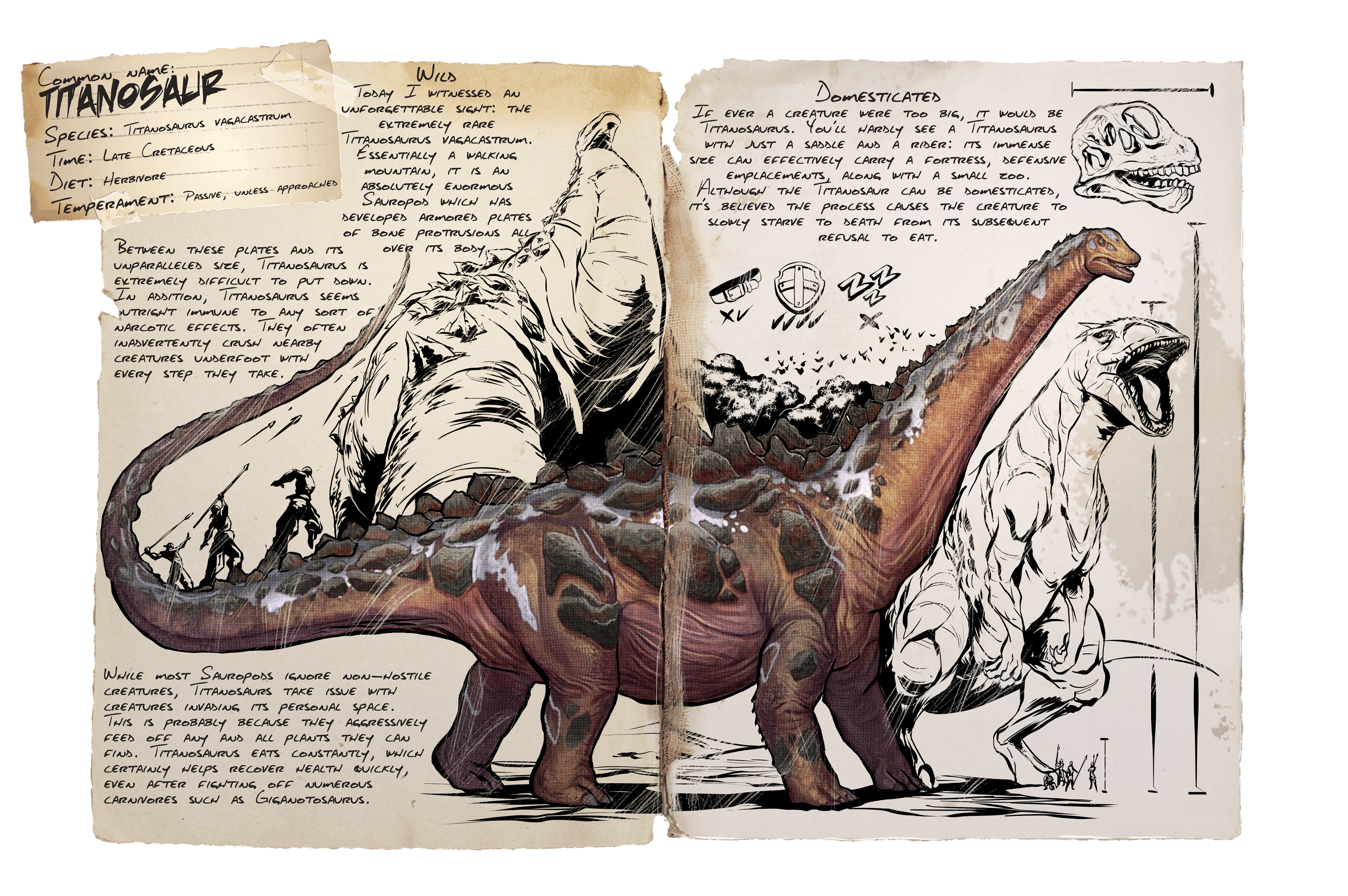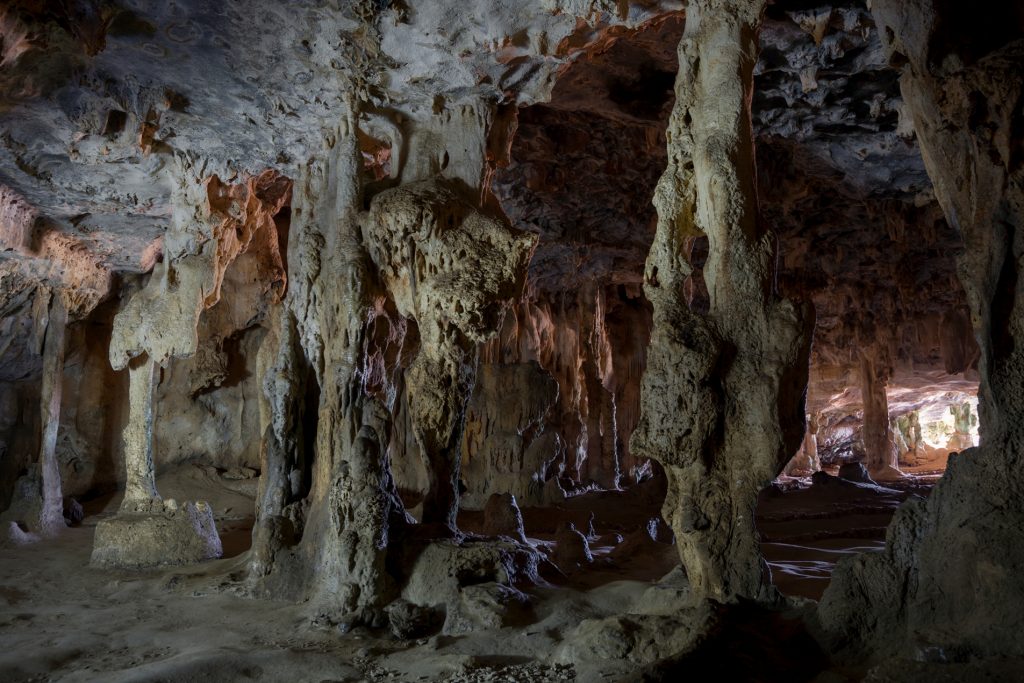

But in doing so, he inadvertently provided researchers with an unprecedented “second chance” to answer some of the most perplexing questions that continue to stir controversy among Mayanists today, such as such as the level of contact and influence exchanged between different Mesoamerican cultures, and what was going on in the Maya world prior to the fall of Chichén Itzá. Why Segovia would decide to seal up such a phenomenal discovery is still a matter of debate.


“I don’t want to say that quantity is more important than information, but when you see that there are many, many offerings in a cave that is also much more difficult to access, this tells us something.” “Balamku appears to be the ‘mother’ of Balankanché,” says de Anda. In comparison, the nearby cave of Balankanché, a ritual site excavated in 1959, contains just 70 of these objects. In the original report on the cave (recently located by archaeologist and GAM investigator James Brady of California State University, Los Angeles), Segovia identified 155 artifacts, some with faces of Toltec rain god Tláloc, and others with markings of the sacred ceiba tree, a potent representation of the Maya universe. To access just the first of seven ritual offering chambers identified so far within Balamku, archaeologists must crawl flat on their stomachs through hundreds of feet of tortuously narrow passages. “You almost feel the presence of the Maya who deposited these things in there,” he adds. I’ve analyzed human remains in Sacred Cenote, but nothing compares to the sensation I had entering, alone, for the first time in that cave,” says de Anda, who is an investigator with INAH and director of the Great Maya Aquifer Project, which seeks to explore, understand, and protect the aquifer of Mexico’s Yucatan Peninsula. See why archaeologists are exploring under an ancient pyramid for clues to the Maya underworld. Exploration of the system was funded in part by a grant from the National Geographic Society.ĭe Anda recalls pulling himself on his stomach through the tight tunnels of Balamku for hours before his headlamp illuminated something entirely unexpected: A cascade of offerings left by the ancient residents of Chichén Itzá, so perfectly preserved and untouched that stalagmites had formed around the incense burners, vases, decorated plates, and other objects in the cavern. Archaeologists crawl for hours through tight underground passageways of Balamku to reach artifacts untouched for 1,000 years.īalamku remained sealed for more than 50 years, until it was reopened in 2018 by National Geographic Explorer Guillermo de Anda and his team of investigators from the Great Maya Aquifer Project during their search for the water table beneath Chichén Itzá.


 0 kommentar(er)
0 kommentar(er)
